
Traveling Amidst a Waning Pandemic
Errol Buntuyan, M.D. | All photos courtesy Dr. Buntuyan
As we enter the middle of the year, many people have Summer and Fall travel on their minds. With the positivity rates going down in the County of Maui to the lowest in many months (0.8 % at the end of May), our island home is a coveted destination for many. We can see this trend in the increased traffic, busy restaurants and hotels in the main tourist spots. It certainly feels like we will rapidly approach the pre-pandemic state of transpacific travel. With COVID-19 vaccinations increasing nationwide and pre- and post-arrival testing easier to navigate, people are venturing out to fly to enjoy some long-deserved vacation time. Being vaccinated has really given a lot of people the confidence to travel again.
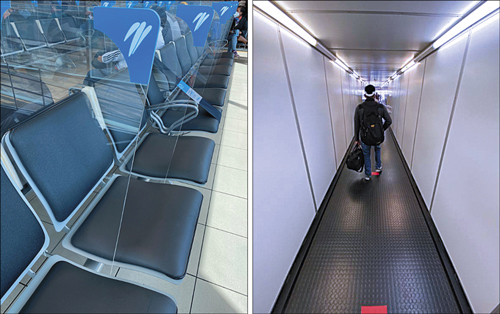
Hawaii has the strictest travel program to get into our state with the Safe Travels program. For domestic U.S. travel, most of the other states have unrestricted entry, often exempting folks that are vaccinated from such rules or only suggesting/recommending self-quarantine upon arrival for those unvaccinated individuals. Before travelling anywhere in the U.S., one should check each specific state’s travel requirements.
Maui residents are doing fairly well in terms of COVID-19 vaccinations with 43% completed and 55% having initiated the process with one shot. With the Pfizer vaccination open to those 12 years and older, we saw an uptick of people being vaccinated. We still have a way to go to achieve the 70-85% mark for our island to attain herd immunity.
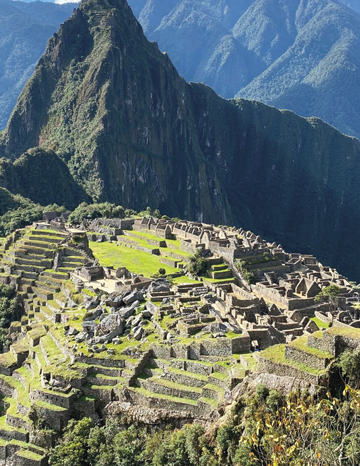
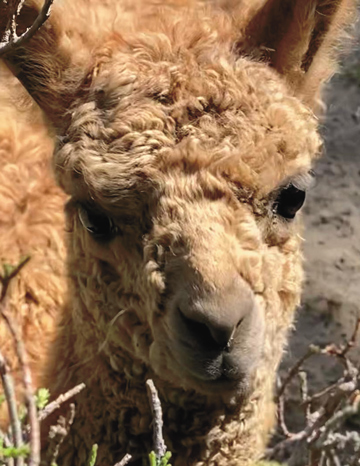
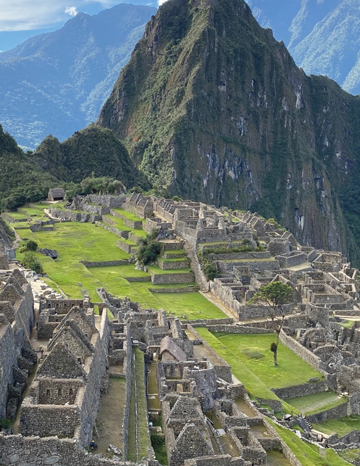
Travelling abroad is an entirely different situation. Many countries do not have as much access to vaccines and their COVID-19 infection rates are surging. Proof of a negative test no more than 72 hours before arrival in foreign countries is necessary in order to obtain a boarding pass. Oftentimes, post arrival testing is offered at the airports and hotels to bypass mandatory quarantines. Even with negative post arrival results and completed vaccinated status, some countries still enforce a multiple day quarantine in a designated hotel. Keep in mind, some foreign destinations are still in lockdown with nightly curfews and/or full day shutdowns, thus many businesses and tourist sites may still be closed. Double masking and face shields are mandatory in some countries and temperature checks are common before entering any indoor setting like restaurants and shops. Safety requirements of social distancing, masking and hand hygiene are still in full effect in many areas outside the U.S.
Returning to the U.S. from a foreign destination can also pose a challenge. A negative antigen rapid test will suffice to get into the mainland port of entry states, but a PCR test is needed to enter Hawaii which is usually more costly. Currently, only a few international countries (Canada, Taiwan, Korea, Japan) have trusted testing partners that are accepted. Please refer to https://hawaiicovid19.com/travel-partners/ to get the latest list of accepted partners. The good news is some airport hubs (e.g., SFO, LAX) have rapid testing available in the terminal before boarding the flight. The Safe Travels QR code can be checked at the gate before the transpacific flight and you can receive a wristband, bypassing the line once you land on Maui. You can go straight to baggage claim if you already have the wristband.
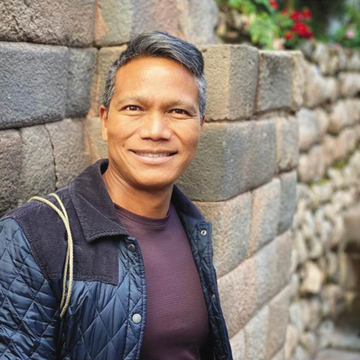
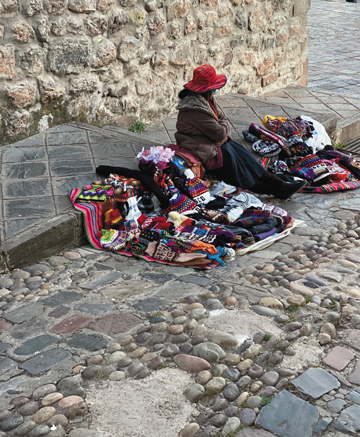
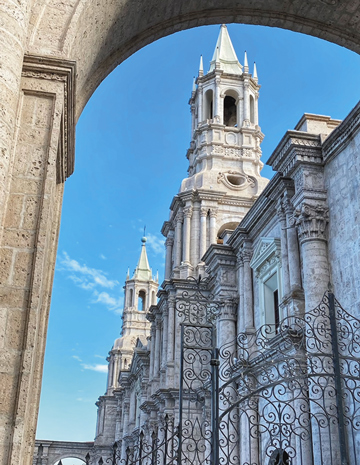
Hawaii state officials have been piloting the exemption of interisland travel COVID testing for those uploading proof of vaccination. Hopefully, this testing exemption for vaccinated individuals will expand to include all transpacific and international flights entering into our state. So, it is highly encouraged to get your vaccine completed before you even consider travelling.
Although the current situation for travelling in and out of Hawaii seems cumbersome, it really has helped keep Hawaii at the lowest rates of infection in the country. It takes a lot of planning and research if you plan to travel to a foreign country during this time, so please check the travel requirements for any and all destinations you desire to visit. Doing a deep and meticulous dive can save you a lot of time and money in the long run as well as ensure your safety from COVID infection.
 Errol Buntuyan, M.D., F.A.A.P. is a Family Medicine Practitioner and the Physician in Charge of Maui Primary Care at Kaiser Permanente. Born in Quezon City and raised in Southern California, he has been practicing medicine on Maui since 2007. Dr. Buntuyan promotes whole food, plant based nutrition, regular physical activity, stress mindfulness and sleep hygiene as keys to optimum health and wellness. He enjoys cooking, playing tennis and travel.
Errol Buntuyan, M.D., F.A.A.P. is a Family Medicine Practitioner and the Physician in Charge of Maui Primary Care at Kaiser Permanente. Born in Quezon City and raised in Southern California, he has been practicing medicine on Maui since 2007. Dr. Buntuyan promotes whole food, plant based nutrition, regular physical activity, stress mindfulness and sleep hygiene as keys to optimum health and wellness. He enjoys cooking, playing tennis and travel.
